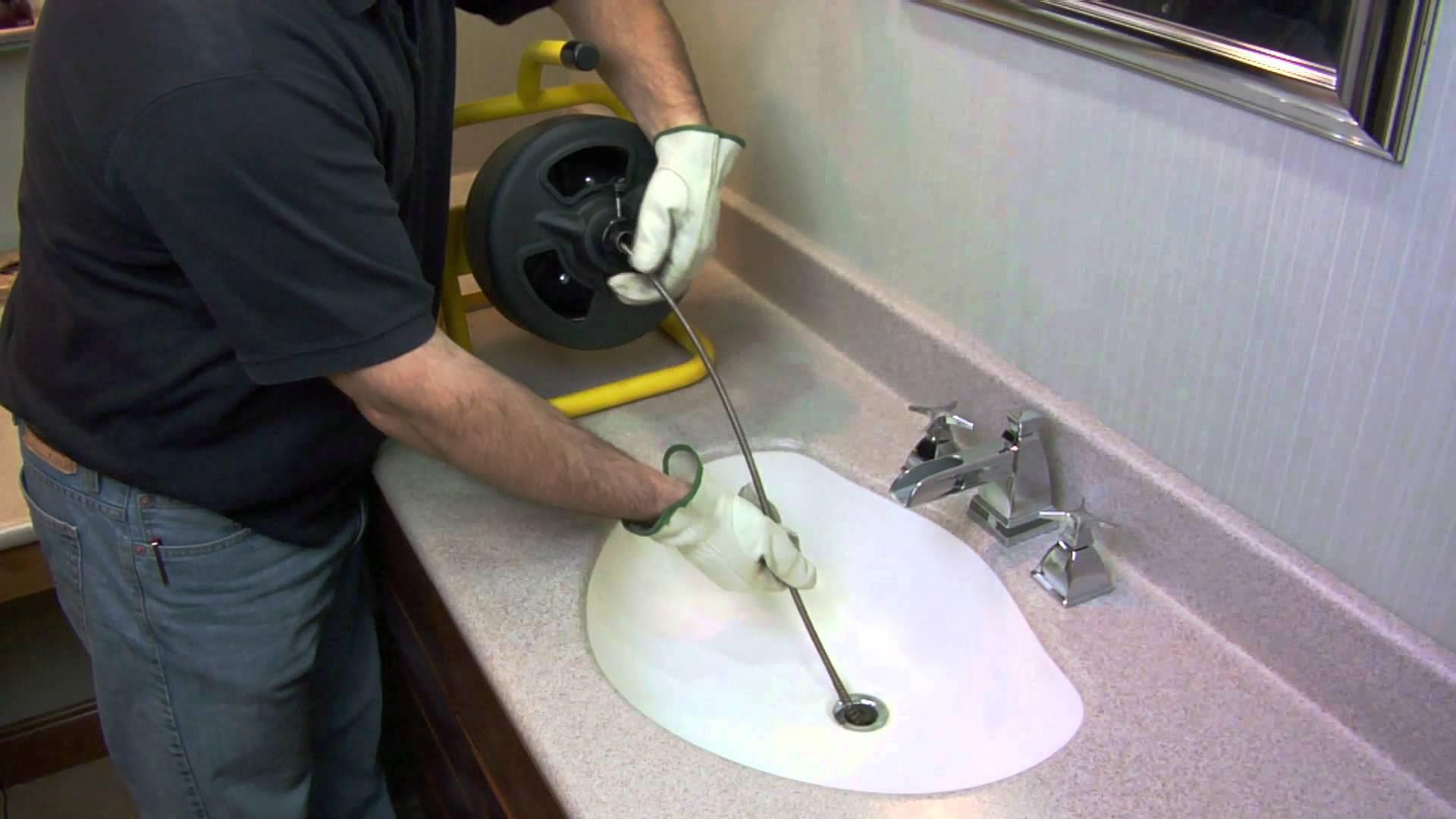Understanding Bathroom Sink Stoppers

Remove bathroom sink stopper – Bathroom sink stoppers play a crucial role in regulating water flow and preventing unwanted drainage. Understanding the different types, mechanisms, and materials used in sink stoppers can help you make informed choices and ensure proper functionality in your bathroom.
Types of Bathroom Sink Stoppers
Sink stoppers come in various types, each with its unique mechanism:
- Lift-and-Turn Stoppers: These stoppers are operated by lifting and turning a knob or lever, which raises or lowers a rubber or silicone seal to block the drain.
- Pop-Up Stoppers: Pop-up stoppers feature a spring-loaded mechanism that opens and closes the drain with a simple push or pull.
- Flip-It Stoppers: Flip-it stoppers have a hinged design that allows them to be flipped open or closed to control water flow.
- Stopper Balls: Stopper balls are spherical stoppers that are inserted into the drain and sealed with a rubber gasket.
Materials Used for Sink Stoppers
Sink stoppers are typically made from a variety of materials, each with its advantages and disadvantages:
- Plastic: Plastic stoppers are lightweight, inexpensive, and available in various colors. However, they can be prone to cracking or breaking.
- Metal: Metal stoppers, such as brass or stainless steel, are durable and corrosion-resistant. They are also more expensive than plastic stoppers.
- Rubber: Rubber stoppers are flexible and provide a tight seal. However, they can deteriorate over time and become less effective.
- Silicone: Silicone stoppers are durable, heat-resistant, and provide a good seal. They are also available in various colors.
Choosing the Right Sink Stopper, Remove bathroom sink stopper
Selecting the right sink stopper depends on the type of bathroom sink you have:
- Standard Sinks: Standard sinks typically use lift-and-turn or pop-up stoppers.
- Vessel Sinks: Vessel sinks, which sit on top of the countertop, often require stopper balls or flip-it stoppers.
- Undermount Sinks: Undermount sinks, which are installed below the countertop, typically use pop-up or flip-it stoppers.
Methods for Removing Bathroom Sink Stoppers

When a bathroom sink stopper becomes stuck or needs to be replaced, knowing the correct removal method is essential. Different types of stoppers require specific techniques to remove them safely and effectively.
Removing a Pop-Up Stopper
- Locate the small screw or button at the center of the stopper.
- Insert a small screwdriver or hex key into the screw and turn it counterclockwise to loosen it.
- Once the screw is loose, pull the stopper straight up to remove it.
Removing a Lift-and-Turn Stopper
- Grasp the stopper’s handle and lift it to the up position.
- Turn the handle counterclockwise until it stops.
- Pull the stopper straight up to remove it.
Removing a Screw-In Stopper
Safety Precautions: Before attempting to remove a screw-in stopper, ensure the water supply to the sink is turned off.
- Locate the screw that holds the stopper in place. It is usually located on the underside of the sink.
- Insert a screwdriver into the screw and turn it counterclockwise to loosen it.
- Once the screw is loose, pull the stopper straight down to remove it.
Troubleshooting Common Issues: Remove Bathroom Sink Stopper

Bathroom sink stoppers can become stuck or difficult to remove for various reasons, including mineral buildup, corrosion, or wear and tear. If your sink stopper is giving you trouble, here are some troubleshooting tips:
Loose Sink Stopper
A loose sink stopper may not seal properly, allowing water to leak. To fix a loose stopper, tighten the retaining nut underneath the sink. If the nut is stripped or damaged, you may need to replace the entire stopper assembly.
Leaking Sink Stopper
A leaking sink stopper can be caused by a worn or damaged washer. To fix a leaking stopper, replace the washer. You may also need to apply plumber’s putty around the base of the stopper to create a watertight seal.
Preventing Future Problems
To prevent future problems with bathroom sink stoppers, clean and lubricate the stopper regularly. You can use a vinegar solution to remove mineral buildup and a silicone-based lubricant to keep the stopper moving smoothly. Avoid using harsh chemicals or abrasive cleaners on the stopper, as these can damage the finish.